AI for Personalizing User Journeys : A Comprehensive Guide
AI for personalizing user journeys is revolutionizing how businesses interact with their customers. By leveraging artificial intelligence, companies can now create highly tailored experiences that resonate with individual users, leading to increased engagement, satisfaction, and ultimately, conversions.
Understanding the Fundamentals of AI and User Journeys
At its core, a user journey represents the complete experience a customer has with a company, from initial awareness to post-purchase interaction. AI steps in to analyze vast amounts of data generated at each touchpoint, identifying patterns and predicting future behavior.
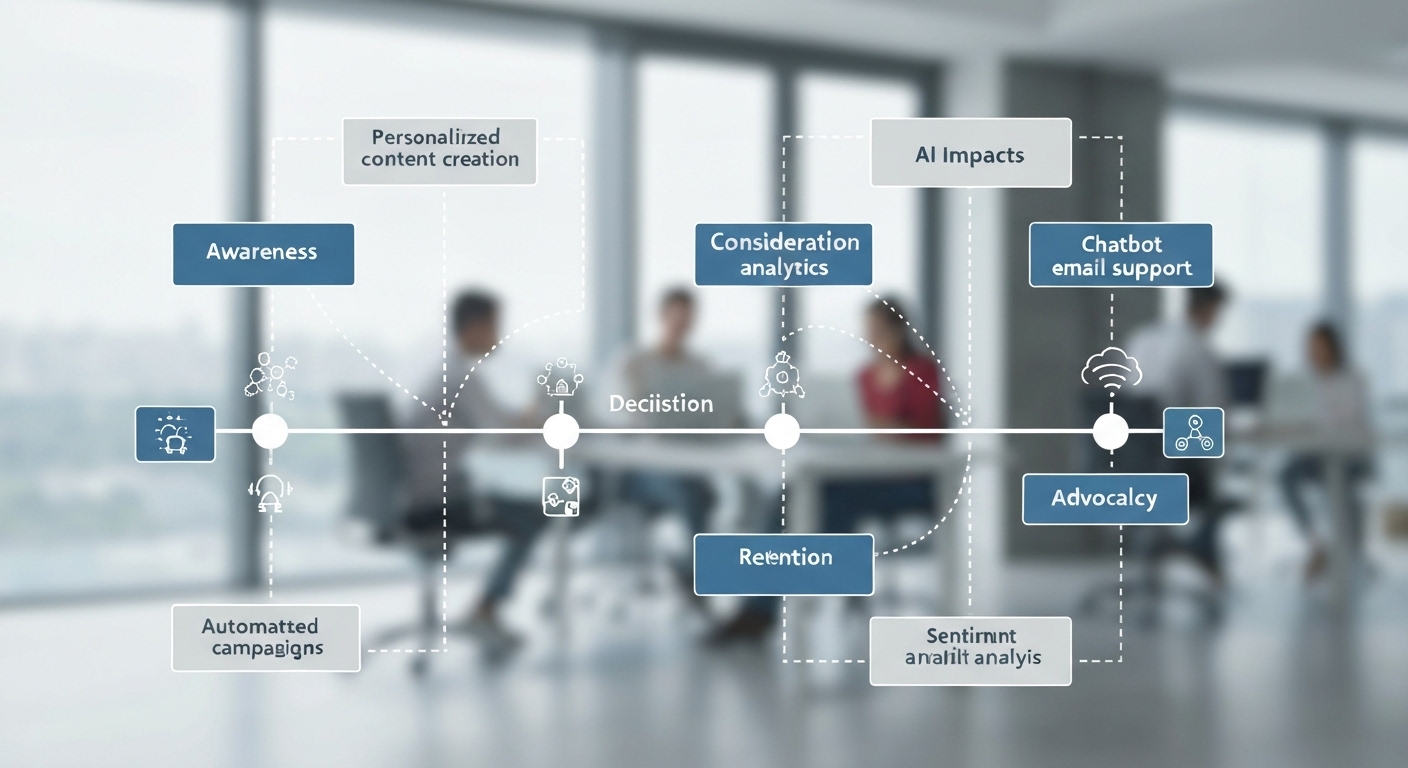
This allows businesses to deliver personalized content, offers, and support precisely when and where it’s most relevant. The synergy between AI and user journey mapping empowers marketers to move beyond generic campaigns and embrace truly individualized communication.
Benefits of Implementing AI for Personalizing User Journeys
The advantages of using AI for personalizing user journeys are multifaceted:
- Enhanced Customer Experience: Providing relevant and timely information fosters a sense of value and understanding.
- Increased Engagement: Personalized content captures attention and keeps users actively involved.
- Improved Conversion Rates: Tailored offers and recommendations drive sales and revenue.
- Stronger Customer Loyalty: Positive and personalized experiences build lasting relationships.
- Data-Driven Insights: AI uncovers valuable insights into customer behavior, informing future strategies.
By understanding the needs and preferences of each customer, companies can create a more meaningful and effective interaction, leading to greater customer satisfaction and long-term loyalty. This data-driven approach ensures marketing efforts are targeted and efficient, maximizing ROI.
Key Applications of AI-Powered Personalization
Personalized Website Content
AI algorithms analyze user behavior and demographics to dynamically adjust website content, displaying relevant products, articles, and promotions. For example, a returning customer might see products related to their previous purchases, while a new visitor might receive a customized introduction to the company’s offerings.
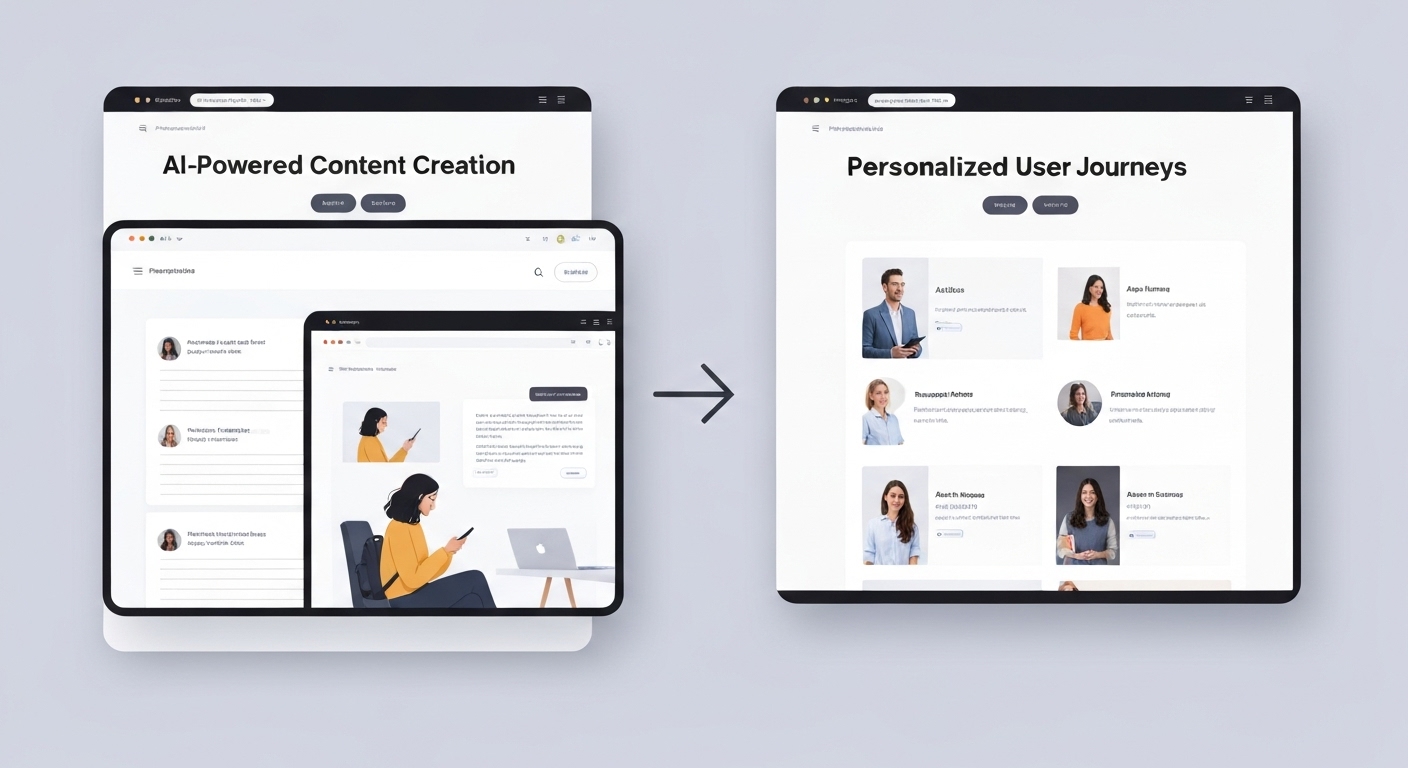
AI-Driven Email Marketing
AI personalizes email subject lines, content, and send times based on individual user preferences and engagement patterns. This ensures that emails are more likely to be opened, read, and acted upon, leading to higher click-through rates and conversions. Segmentation based on AI insights goes far beyond basic demographics, enabling hyper-personalized campaigns.
Personalized Product Recommendations
AI analyzes purchase history, browsing behavior, and user ratings to suggest relevant products. This boosts sales by introducing customers to items they’re likely to be interested in, enhancing the overall shopping experience. These recommendations can be dynamically displayed on product pages, checkout pages, and even in email communications.
Chatbot Personalization
AI-powered chatbots provide personalized customer support by understanding user intent and tailoring responses to individual needs. This ensures that customers receive prompt and relevant assistance, improving satisfaction and reducing support costs. Chatbots can also proactively offer assistance based on user behavior, anticipating potential issues and providing solutions before they arise.
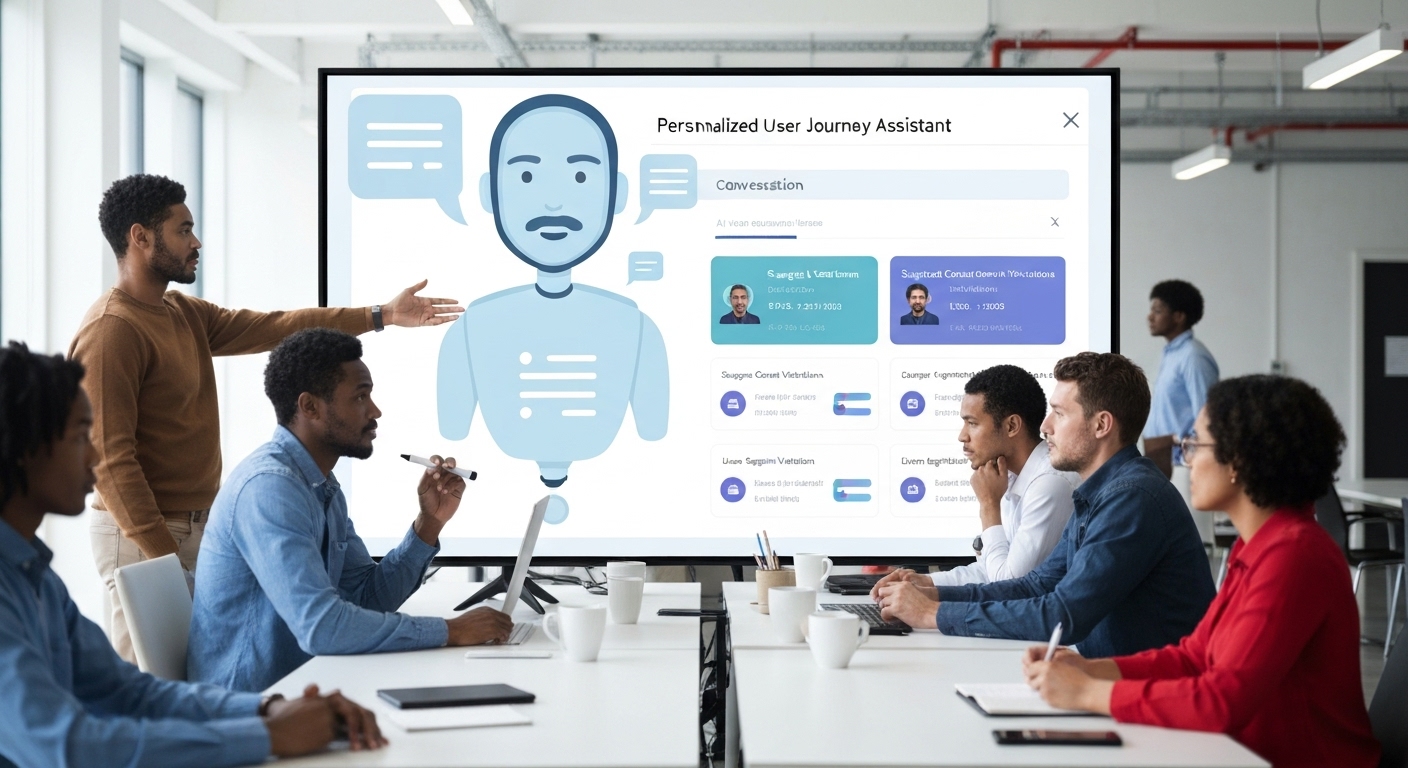
Dynamic Pricing Strategies
AI analyzes market conditions, competitor pricing, and customer demand to optimize pricing strategies in real-time. This ensures that prices are competitive and attractive to customers, maximizing revenue and profitability. This also allows businesses to offer personalized discounts and promotions to specific customer segments, further enhancing their perceived value.
Implementing AI for Customer Journey Personalization: A Step-by-Step Guide
Successfully implementing AI for customer journey personalization requires a strategic approach:
- Define Clear Objectives: Determine what you want to achieve with personalization, such as increased sales, improved customer satisfaction, or enhanced engagement.
- Gather and Analyze Data: Collect data from various sources, including website analytics, CRM systems, and social media platforms. Use AI to identify patterns and insights.
- Segment Your Audience: Group customers based on shared characteristics and behaviors.
- Select the Right AI Tools: Choose AI-powered platforms and solutions that align with your specific needs and objectives.
- Develop Personalized Experiences: Create tailored content, offers, and interactions for each customer segment.
- Test and Optimize: Continuously monitor and refine your personalization strategies based on performance data.
Challenges and Considerations
While AI offers tremendous potential for personalization, it’s essential to be aware of potential challenges:
- Data Privacy: Ensuring compliance with data privacy regulations (e.g., GDPR, CCPA) is crucial.
- Algorithmic Bias: Addressing potential biases in AI algorithms to avoid discriminatory or unfair outcomes.
- Over-Personalization: Striking a balance between personalization and respecting user privacy and preferences.
- Integration Complexity: Integrating AI tools with existing systems can be challenging and require significant technical expertise.
Addressing these challenges requires careful planning, robust data governance policies, and a commitment to ethical AI practices. Transparency and user consent are paramount in building trust and ensuring a positive customer experience.
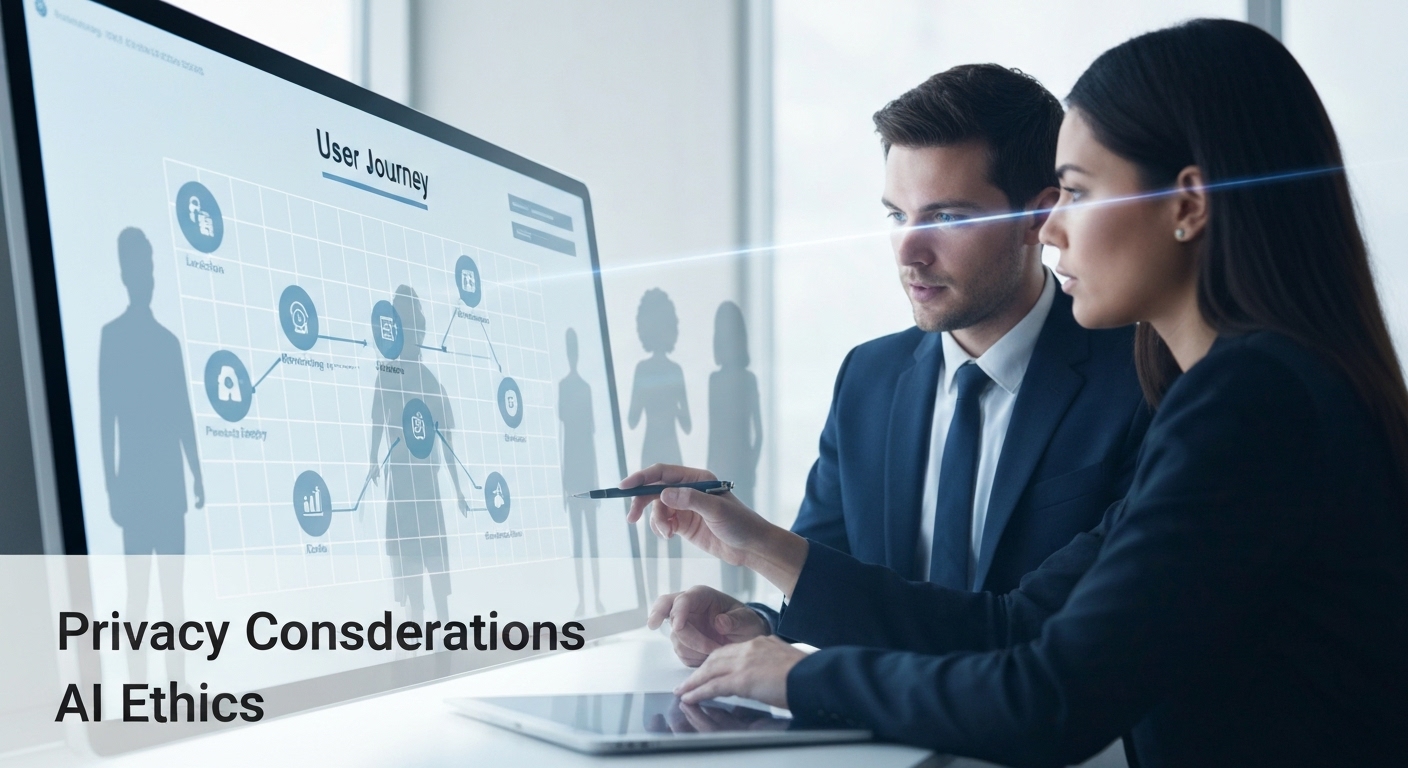
The Future of AI in Personalized User Journeys
The future of AI in personalized user journeys is bright, with continued advancements in machine learning and natural language processing driving even more sophisticated and effective personalization strategies. We can expect to see:
- Hyper-Personalization: Moving beyond segmentation to individual-level personalization.
- AI-Powered Creativity: Using AI to generate personalized content, including images, videos, and text.
- Predictive Personalization: Anticipating customer needs and proactively delivering relevant experiences.
- Omnichannel Personalization: Seamlessly delivering personalized experiences across all touchpoints.
As AI technology evolves, businesses will have even greater opportunities to create truly personalized and engaging customer experiences, fostering stronger relationships and driving sustainable growth. The key will be to embrace innovation while remaining mindful of ethical considerations and user privacy.
Tools and Technologies for Implementing AI in User Journey Personalization
Several platforms and technologies can help businesses implement AI-driven personalization:
- Customer Data Platforms (CDPs): These platforms unify customer data from various sources, providing a comprehensive view of each customer.
- Machine Learning Platforms: These platforms offer tools and algorithms for building and deploying AI models for personalization.
- Personalization Engines: These engines analyze customer data and deliver personalized content and offers in real-time.
- A/B Testing Tools: These tools allow businesses to test different personalization strategies and optimize their performance.
Choosing the right tools and technologies depends on your specific needs and budget. It’s important to carefully evaluate different options and select those that best align with your goals.
Measuring the Success of AI-Driven Personalization
To ensure that your AI personalization efforts are paying off, it’s important to track key performance indicators (KPIs) such as:
- Conversion Rates: The percentage of users who complete a desired action, such as making a purchase.
- Click-Through Rates (CTR): The percentage of users who click on a link or advertisement.
- Engagement Metrics: Measures of user interaction, such as time spent on site, page views, and social media shares.
- Customer Satisfaction Scores (CSAT): Measures of customer satisfaction with their overall experience.
- Customer Lifetime Value (CLTV): The predicted revenue that a customer will generate over their relationship with your business.
By monitoring these KPIs, you can identify areas for improvement and optimize your personalization strategies for maximum impact.
Examples of Successful AI-Powered Personalization
Many companies are already leveraging AI to deliver exceptional personalized experiences. For instance, flashs.cloud offers AI-powered personalization solutions for e-commerce businesses, helping them to increase sales and improve customer loyalty.
Netflix uses AI to recommend movies and TV shows based on viewing history and preferences. Amazon uses AI to suggest products that customers are likely to be interested in. Spotify uses AI to create personalized playlists and radio stations.
These examples demonstrate the power of AI to enhance the customer experience and drive business results.
Ethical Considerations of Using AI for Personalization
While AI-driven personalization offers many benefits, it’s crucial to consider the ethical implications. Transparency and user consent are paramount. Customers should be informed about how their data is being used and have the ability to opt out of personalization. For more on AI ethics and data privacy, see the National Institute of Standards and Technology’s resources at nist.gov.
Additionally, it’s important to be aware of potential biases in AI algorithms and take steps to mitigate them. This includes ensuring that data used to train AI models is representative of the population and that algorithms are designed to be fair and unbiased.
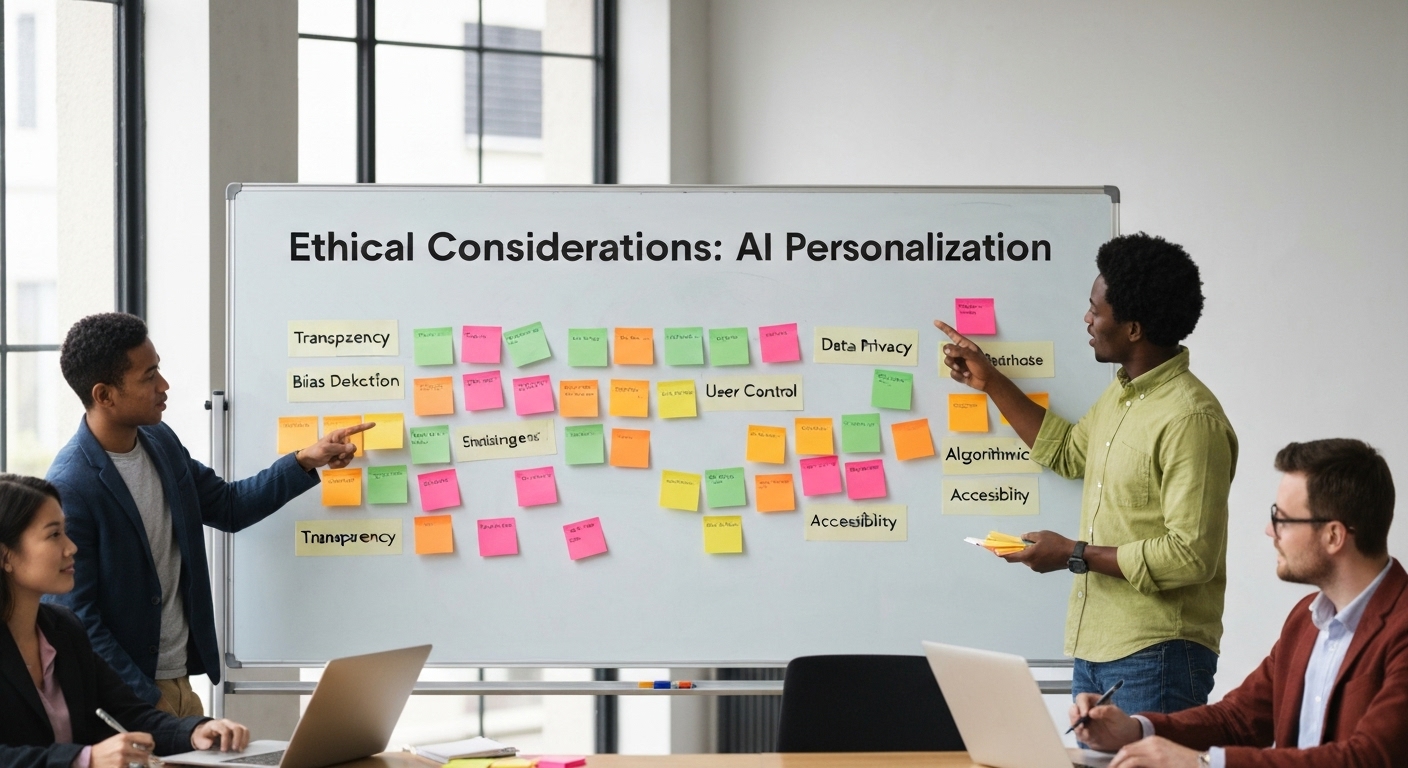
By prioritizing ethical considerations, businesses can build trust with their customers and ensure that AI is used for good.
Conclusion
AI for personalizing user journeys is no longer a futuristic concept; it’s a present-day reality. By embracing this technology, businesses can unlock unprecedented opportunities to connect with customers on a deeper level, drive engagement, and achieve sustainable growth. As AI continues to evolve, personalization will become even more sophisticated and integral to the customer experience. Businesses that prioritize data privacy, ethical considerations, and continuous optimization will be best positioned to reap the rewards of AI-powered personalization.
HOTLINE
+84372 005 899


